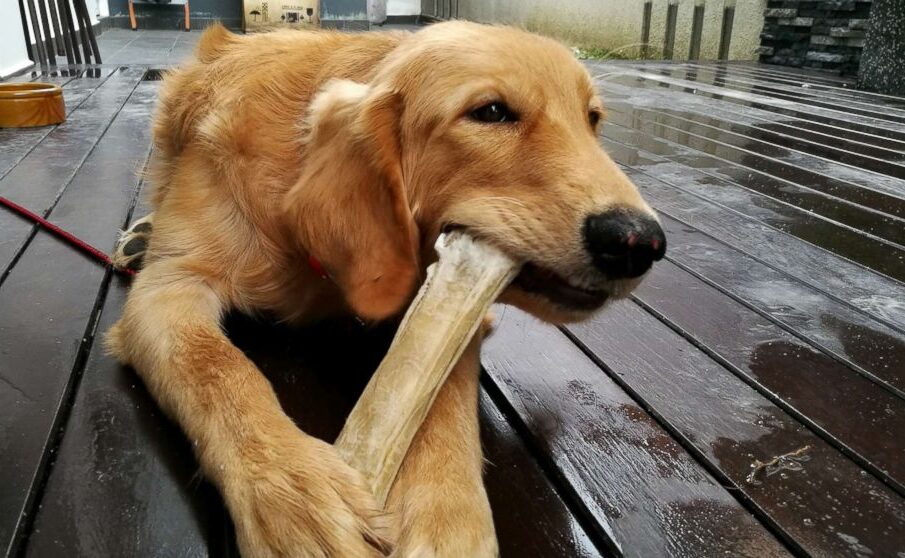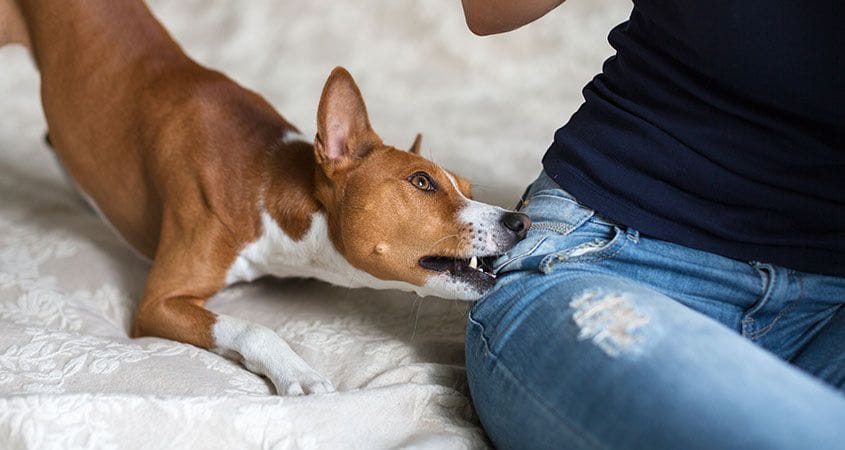The incredible world of dog bone dog treats – including safety first help.

Dog bones have had a special place in owner and dog’s hearts for decades.
They were principally fed to dogs because they were much cheaper than meat, and they could occupy the dog while the family listened to the radiogram. It seems that meat has been so expensive through most of our lives that only the middle class had enough access to funds to regularly give their dogs meat – but that is only if they knew about the benefits of meat protein for their dogs.
It seems that for decades that there has been a misinformation campaign about meat in dog food, to the point that you had to go to the butcher if you actually wanted sufficient amounts of it. For decades big commercial dog food manufactures would mainly make dog food out of grain (wheat or soy) because it was much cheaper than any kind of meat.
And that is exactly why aafco (the American association that sets global dog food standards) have given so low minimum levels of meat for commercial dog food. And why providing NATURAL single ingredient things like jerkies and appropriate bones is important for your dog.
But there is the right amount of edible bones too.
Early cheap dog food figured out that crushing and including a LOT of bones was a great cheap way of getting rid of bones and bulking up dog food. They in fact did so much of this, that it left a WHITE dried poo – a sure sign that too much bone and calcium was included in their food.
Another way that owners have lost touch with the valuable inclusion of bones in a dog’s diet is how makers of dog biscuits now make biscuits in the shape of bones. This somehow makes them seem more healthy, more authentic, been though the biscuits typically are just full of grain.
What is the function of dog bones
Firstly, I want to clarify what we call dog bones.
A dog bone dog treat is any animal bone, usually with some meat left on it. Oven dried.
Once upon a time they were only either basic clod bones or marrow bones (bones cut in half exposing the marrow that dogs loved to eat). But hat marrow is very calorie dense and can cause issues for some dogs – dogs that eat high fat ae more likely to get fat or develop pancreatitis.
DOG BONES are now mostly used by big dogs to eat whole. R for any dog to clean their teeth, the perfect original natural dog teeth cleaning tool.
But more than that, they are also the most natural dog occupier treat. That means one that will take a long time to get bored with, and is a high value reward treat for their dog, while the owner is away from home.
Then comes one of the most important things for a dog, the primal component. If you have seen your dog do circle work before it sits down, or howl at the moon or incessantly try and dig a hole in a wooden floor. That just isn’t all puppy play, that is a big slice of primal memory of what the dogs original natural functions were as a wolf.

And two of the most natural things your dog can do regardless of breed?
its either the hunt/ chase of prey AND the eating of the spoils.
After the alpha of the pack got the best cut of meat or offal, the pups were fed … the lowest dogs in the pack would often get the left overs. That usually included a large slice of bones.
Yes, bones have less protein than meat, but they also take a lot longer to chew, and a lot of energy to chew. And a pack leader can’t afford to have big down time, they have to protect the pack, while its feasting.
Prey Bones might be left over from a fresh kill for several days, they might dry to a harder consistency, and other members of the pack might try them, to maximise their calorie intake, as survival is a prime consideration. But it means the function of ripping meat off the bone of the kill, of chewing on the end nubs of the bone, release a lot of endorphins. Give a lot of pleasure, a primal rush. That makes your dog satisfied and happy, naturally.
Dog bone dog treat safety
This is often one of the bigger considerations of feeding bones to dogs. Is it safe? ‘Google search auto complete’ will show you just how many people fear the bone.
But bones are only as dangerous as the level of recklessness your dog has in eating.
If you want a safe bone experience, and your dog isn’t a massive dog with incredible jaws, then a big leg bone will give some pleasure of chewing the meat and nubs, but won’t fracture, won’t provide sharp edges.
I know of plenty of fighting and guard dogs that can eat whole leg bones of almost any farmed animal. And as long as they crunch them well down before swallowing, they will be ok.
But for those dogs that don’t chew, that just want to crack and then swallow, bones can present a hazard. You need to know how your dog eats, and maybe consult a vet if they think it’s wise.






